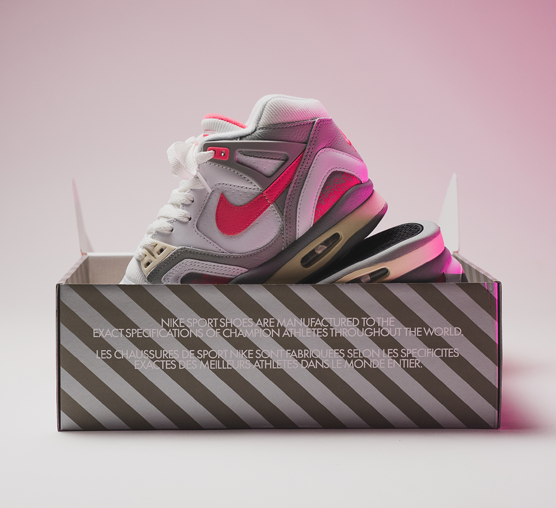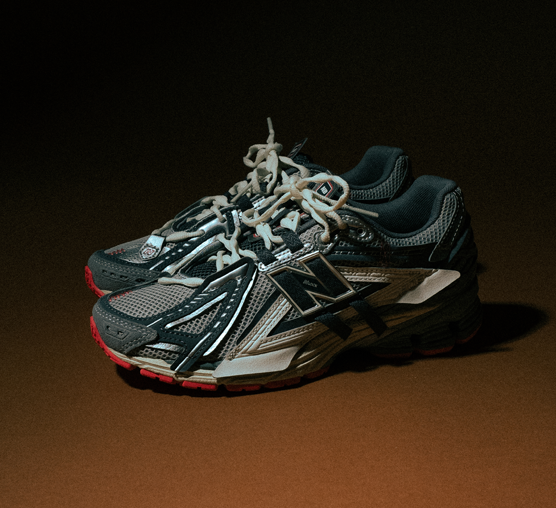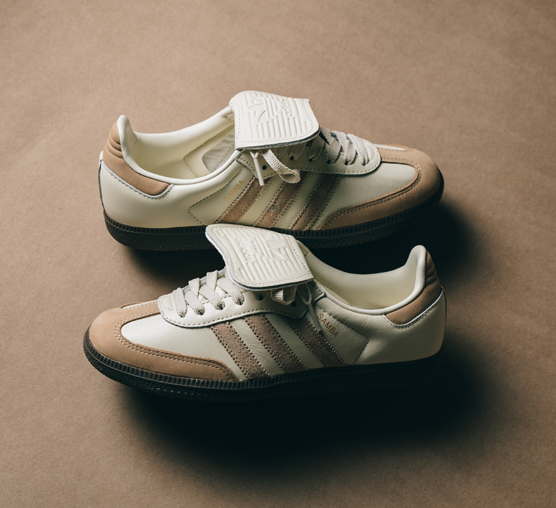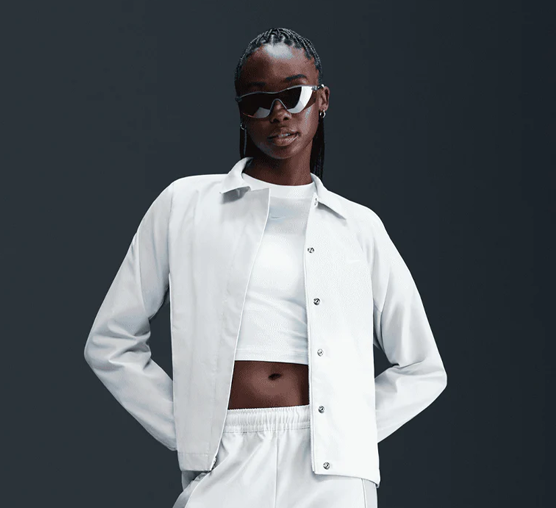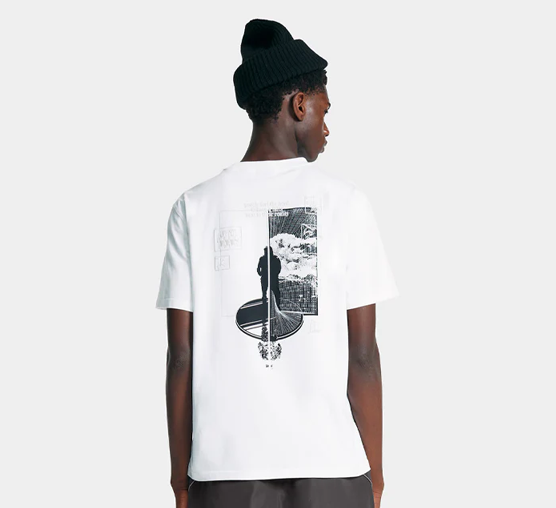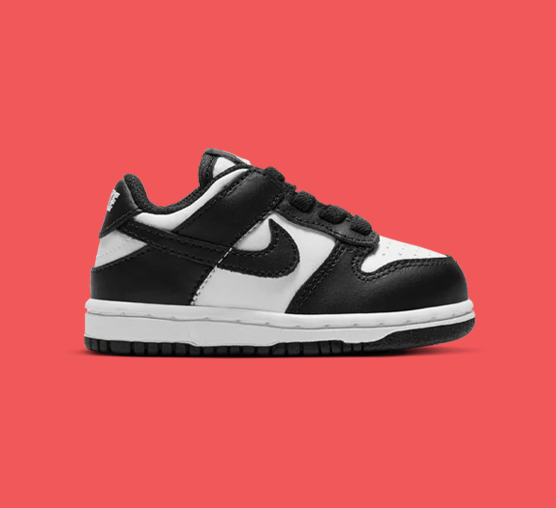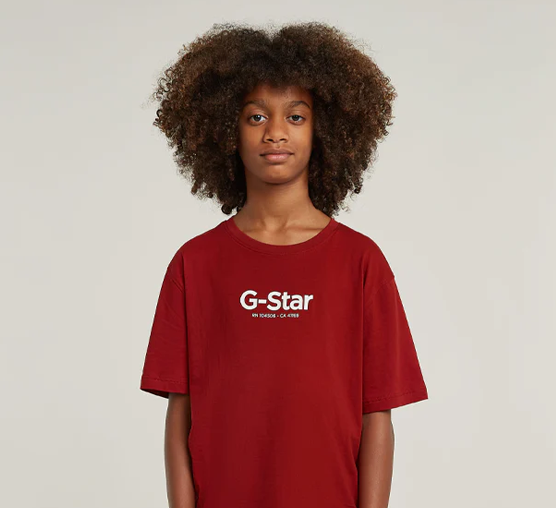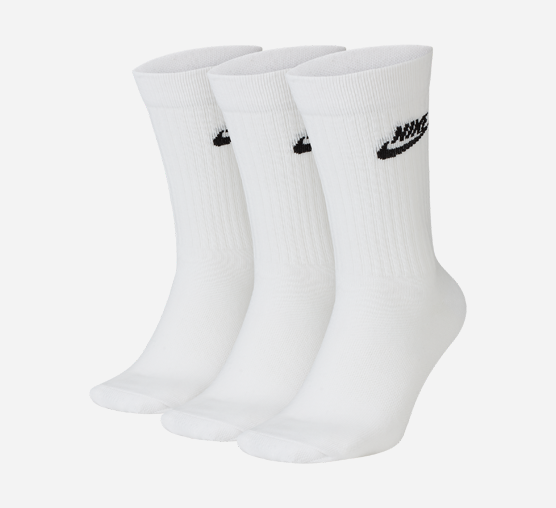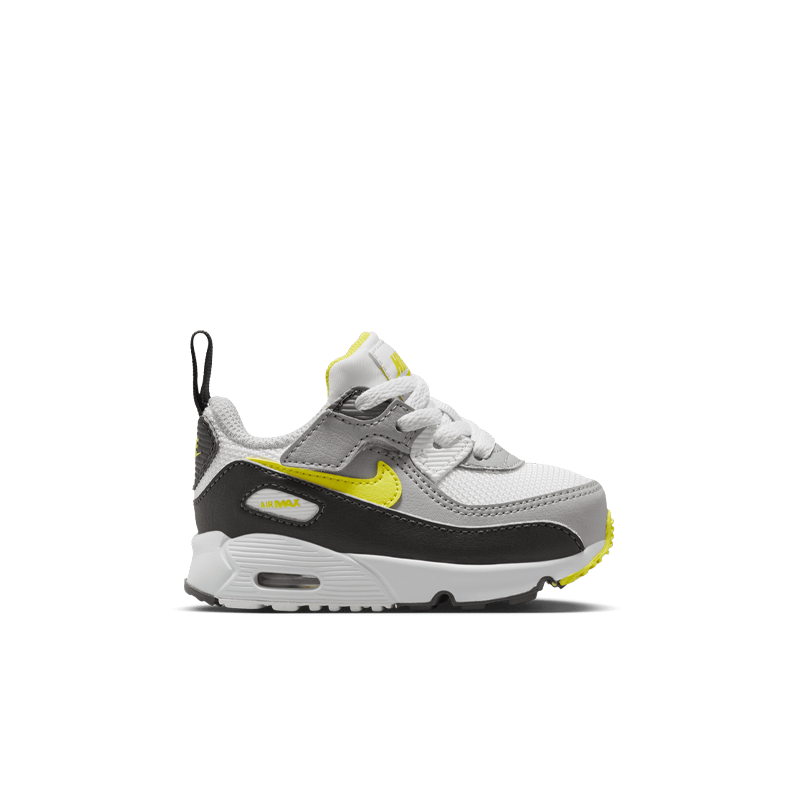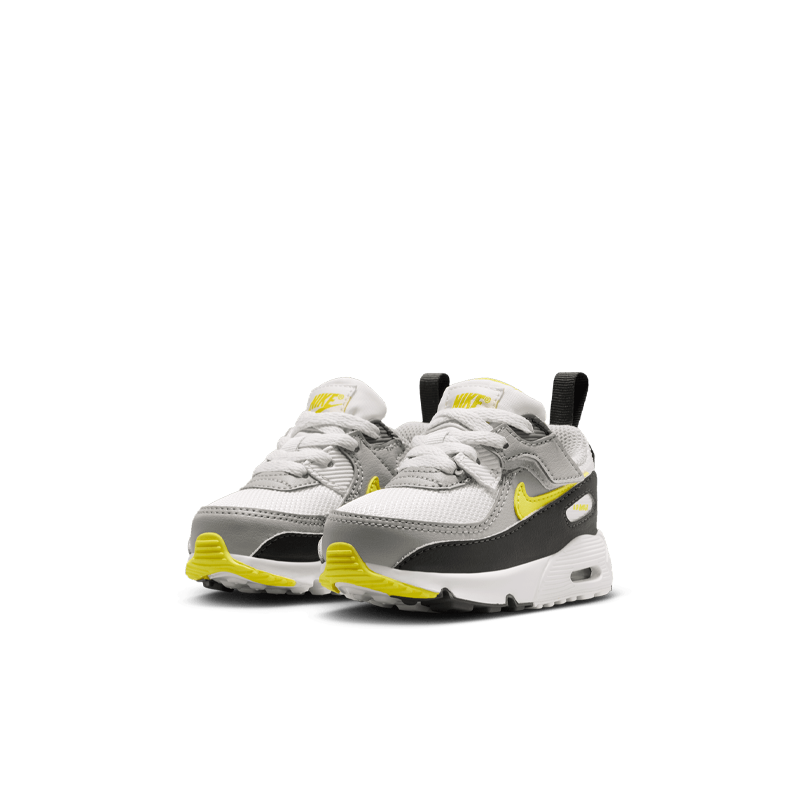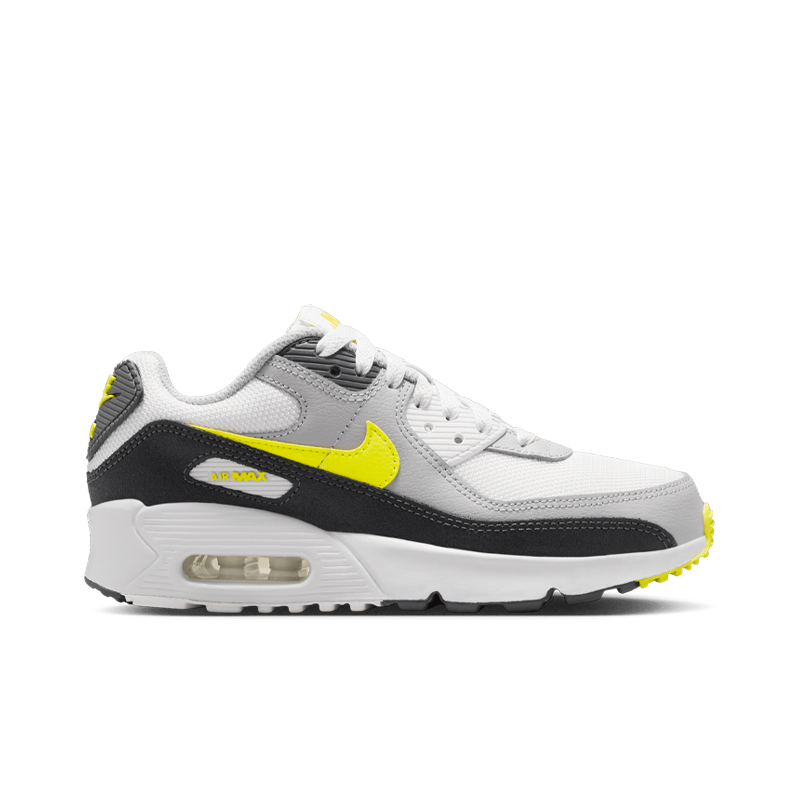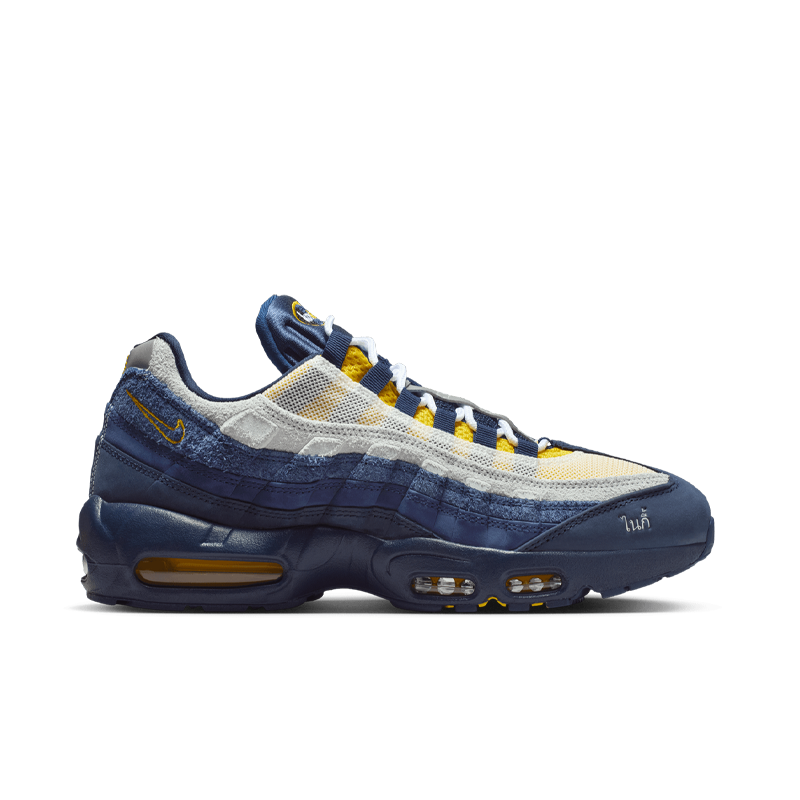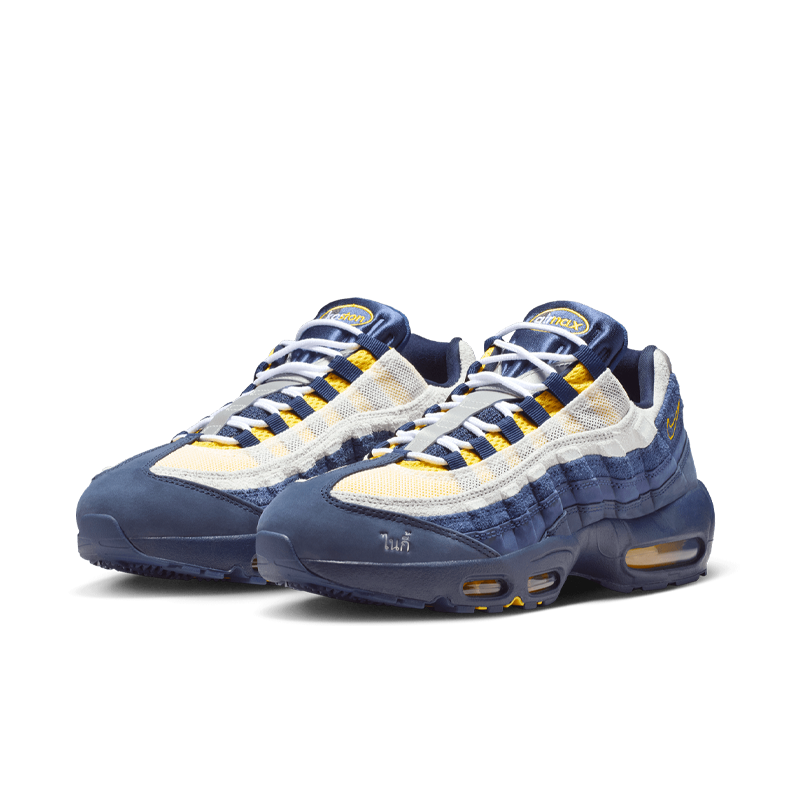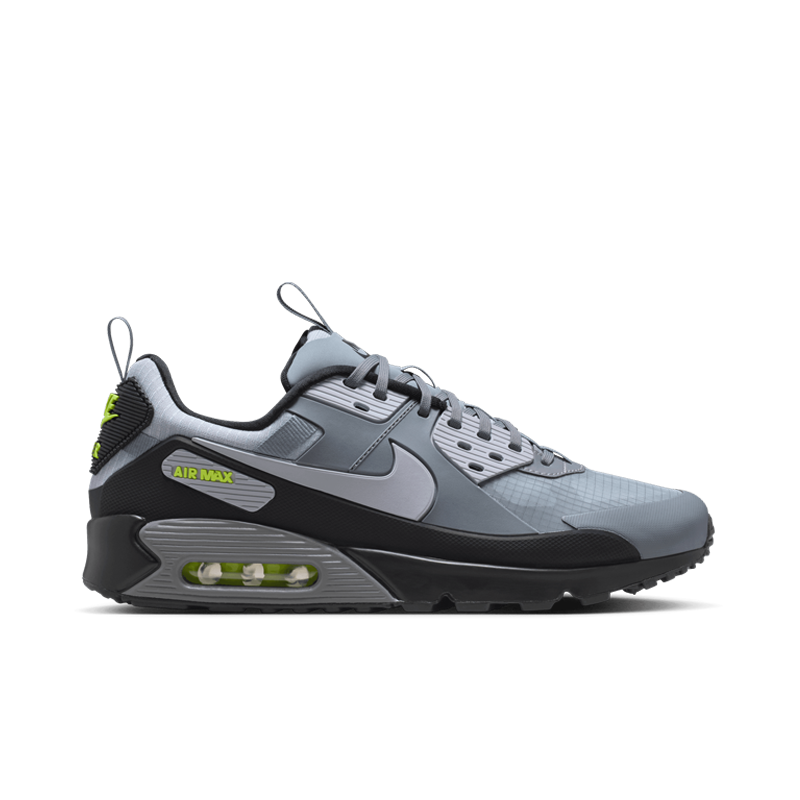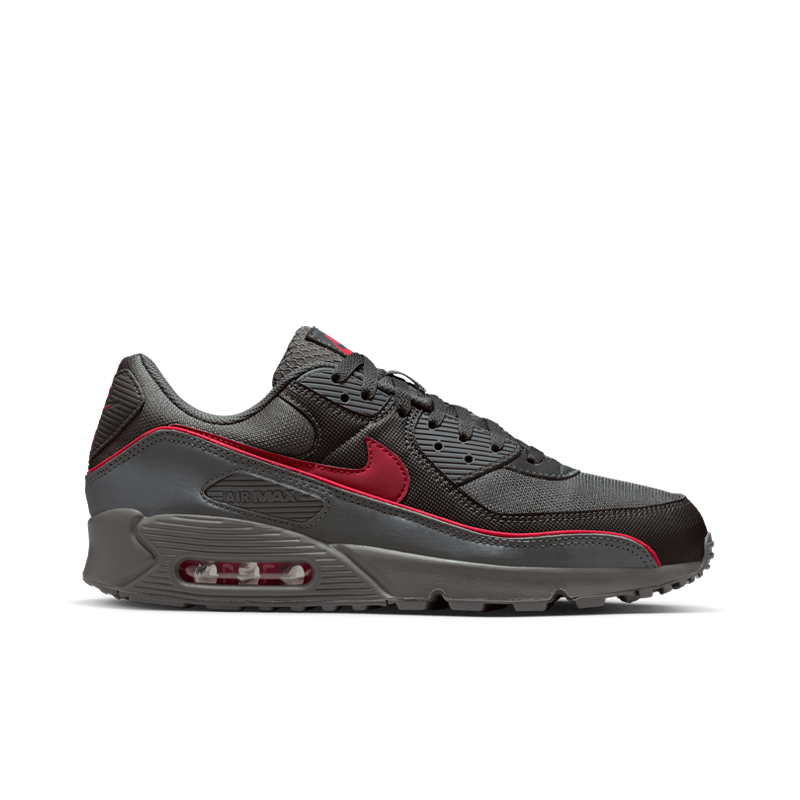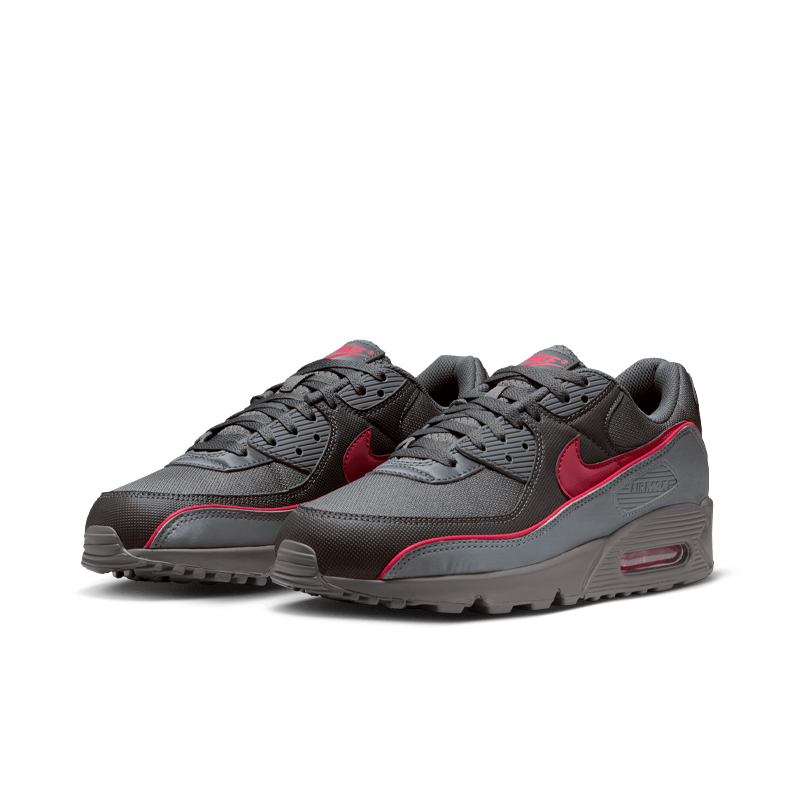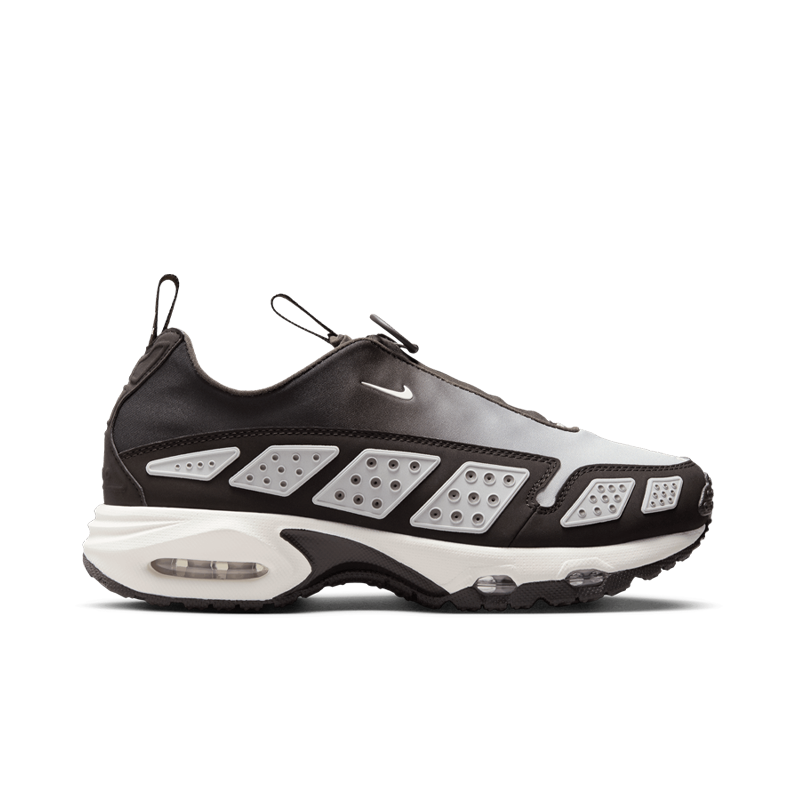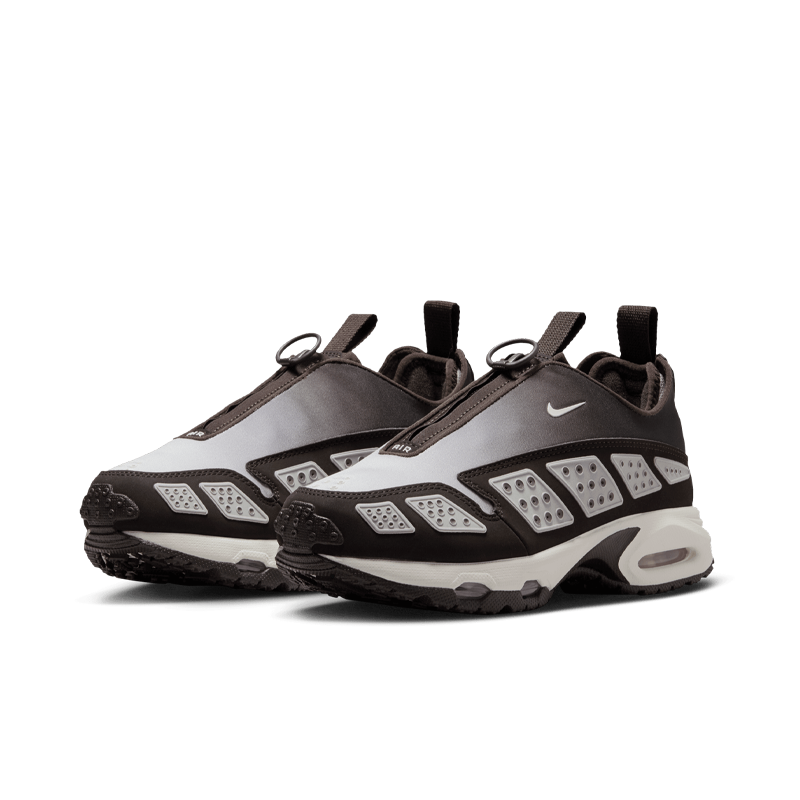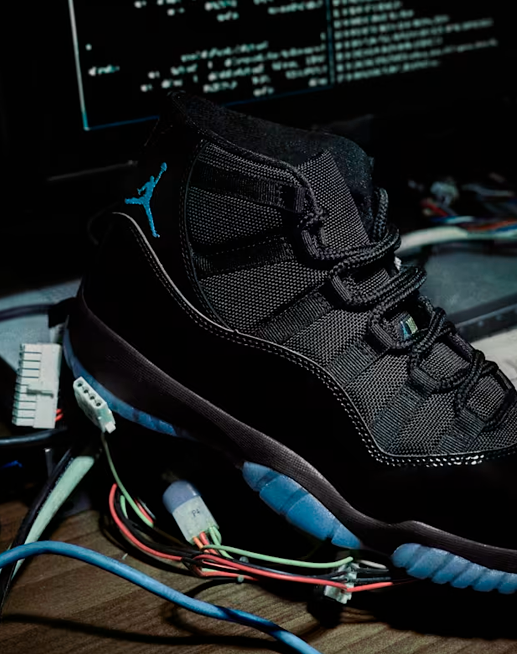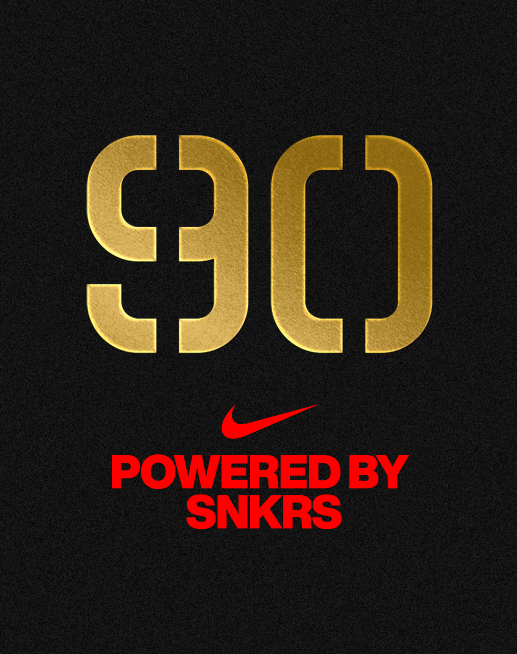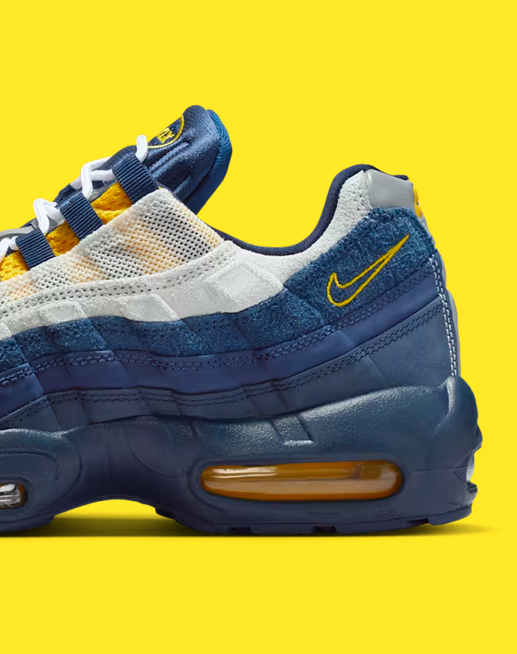-
CategorySoleKnowledge
-
Date14.05.21
-
AuthorCalhoun matthews
-
Read Time
In the late 1960s and early 1970s a former NASA aerospace engineer name Frank Rudy met up with 23 footwear brands to show off a cushioning technology named “AIR” which he believed would be a game changing revolution in footwear.
Many of the established brands Rudy spoke to did not want to move forward with his proposed innovation since they understood that making room for these “air cushions” would require a complete reengineering of the midsole and would undo the long legacy of footwear production within their businesses.
Eventually in 1977 Rudy pitches the idea to Nike, who only had 5 years of brand establishment to look back on. Nike was agile enough to take advantage of reengineering a midsole and make provision for what would become the most successful footwear cushion of all time.
Rudy sold the idea based on a pressurised air in a bag light enough to replace sections of a midsole. This would effectively reduce the weight of a shoe. The Air cushion was strong enough to withstand aggressive forces in order to accommodate most athletic body types and flexible enough to bend and spring back into position without compromising itself or the shoe. Most importantly, it would also reduce injuries for athletes.
By 1978 Nike goes to market with the first shoe containing Nike AIR. The Air Tailwind. The air cushion used in the Air Tailwind was positioned inside of the shoe and encapsulated by the midsole. Runners could immediately feel the difference when running in the Air Tailwind BUT nothing in its outward appearance set it apart from any of the other running shoes on the sales floor in retail stores. Nike made huge statements about its Air technology but consumers could not see it at all. Athletes just had to trust that somewhere inside of the shoe was an Air cushion working hard for them.
One day, Nike footwear designer Tinker Hatfield visits Paris and spends some time at the Pompidou Centre.
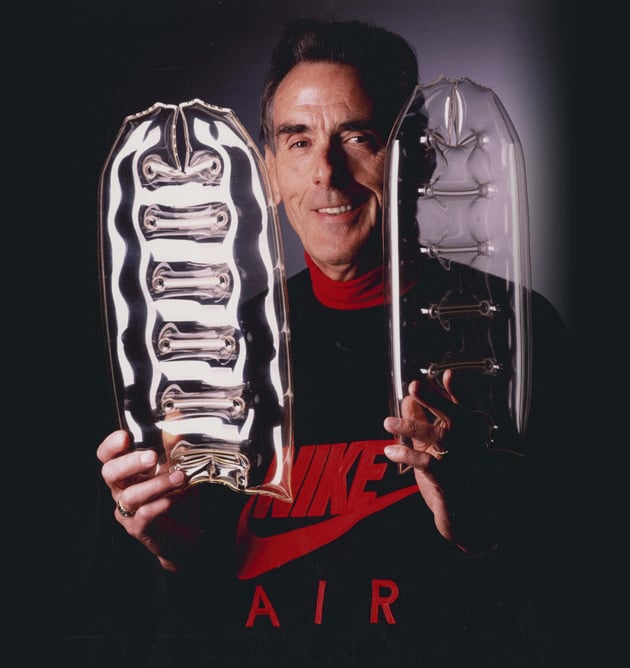
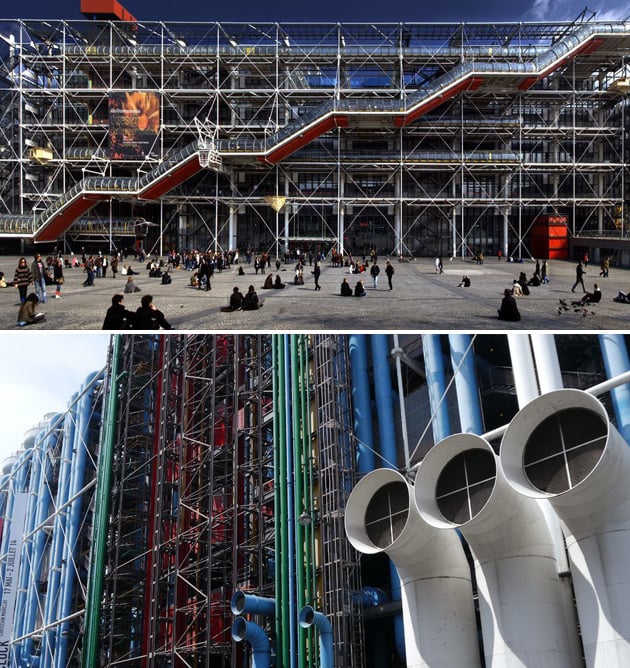
This concept resonates with Tinker as his obsession manifests into a sketch which details a shoe with a visible Air cushion. He begins to question if it is structurally possible and begins with the math.
In attempting to reveal what was previously concealed in the midsole, Tinker realises that modifications need to be made to the traditional encapsulated Air cushion for this transition to be a success. Tinker created a window in the midsole for athletes to view inside of its structure. To fill this space Nike created an Air unit with larger volume to maximise the cushioning, the size of the Air unit and to deliver a more impactful visual statement. Nike specifically named this visible Air technology “AIR MAX” for MAXIMUM AIR
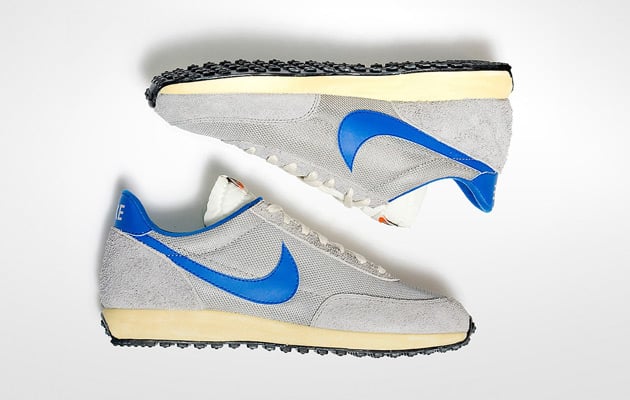
Nike launches Air Max for the first time in on 26 March 1987 with the striking image of light bursting thought he Air unit. This marks 9 years of Nike telling the Air story through iconic shoes like the Air Tailwind, Air Force One, Air Jordan 1 and 2 without anyone seeing the AIR.
Some say that the visible Air delay was extended by other Nike employees who thought that making VISIBLE AIR would lead to the downfall of the product integrity and eventually the Nike brand. Thankfully Tinker stuck to his guns because the 1st Air Max would be the seed which would eventually grow into the might AIR MAX family tree many sneakerhead and athletes still appreciate today.
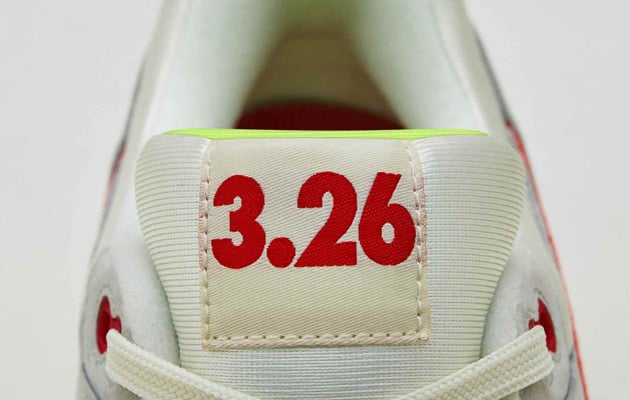
26 March is now celebrated by sneakerheads all over the world as Air Max day.
This is how you spell legend. A.I.R M.A.X
SoleKnowledge
